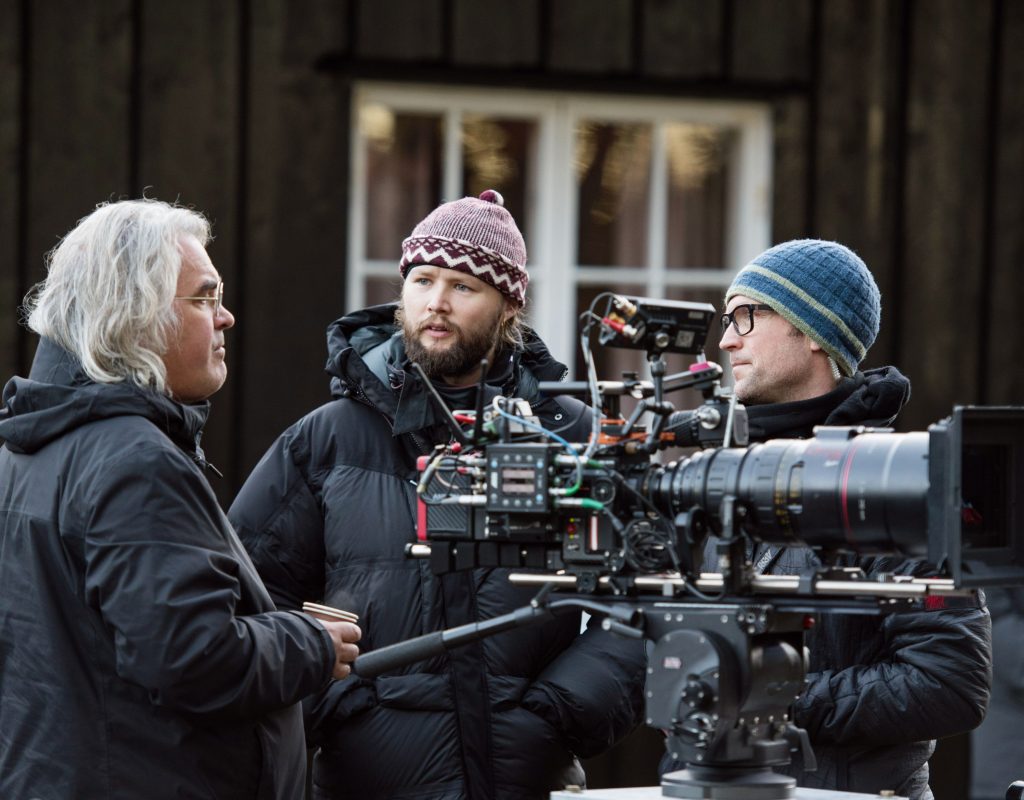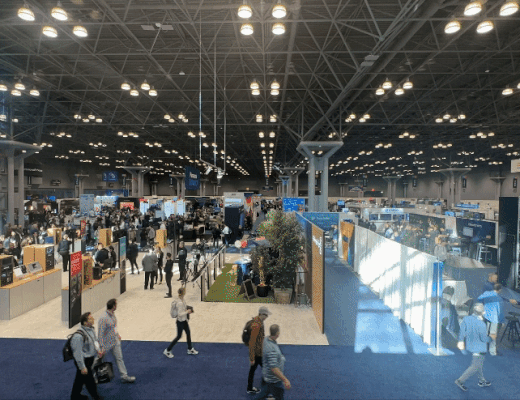William Goldenberg, ACE, won the Oscar for Best Editing for Argo. He received additional Oscar nominations and ACE Eddies for Zero Dark Thirty, Seabiscuit, The Insider and The Imitation Game. His filmography also includes editing Concussion, Unbroken, Transformers: Age of Extinction, and National Treasure among many others.
I’ve interviewed William twice before for AOTC: For Into the Night (2017) and Detroit (2017).
For this interview, we discuss his work on director Paul Greengrass‘ Netflix film, 22 July, which is in limited theatrical release and is available now on Netflix.
(This interview was transcribed with SpeedScriber. Thanks to Martin Baker at Digital Heaven)
https://www.youtube.com/watch?v=ZVpUZGmHJB8
HULLFISH: How did you get on this project? This is a new director for you, correct?
GOLDENBERG: Yes. It’s the first time I’ve had the pleasure of working with Paul Greengrass. He’s worked with Chris Rouse for a really long time and Chris wasn’t available, so he was nice enough to ask me and I jumped at the chance. I was in New York working on Ocean’s Eight for a brief time helping out with that. He called and I heard that he was doing a movie about Eliot Ness, so when they called my agent I assumed it was about that, but it turned out to be this other story about what happened in Norway in 2011 on July 22nd.
I thought it had an important message and it took me out of the country for seven months and so with my family’s support, decided to do it.
HULLFISH: I have several Norwegian friends, so I knew that there was a horrible massacre — a politically-driven thing.
GOLDENBERG: It’s Norway’s equivalent of 9/11. Everybody remembers where they were. It wasn’t as many people as 9/11, but it was incredibly tragic. Anders Breivik blew up the building in the government center and then he went to this camp called Utøya and killed 67 people — mostly kids, a couple of adults.
The story is about that incident, but most of the story is about the nation’s recovery as reflected in the story of the recovery of this one kid named Viljar Hansen, who was 17 or 19 at the time. It’s what he and his family go through and is reflective of what the country went through and it speaks to the rise of the alt-right and the issue of gun control and violence against children, so it had a lot to say about that and I appreciated Paul’s talking about sort of what’s happening in all of Europe and America with the problem of the rise of the alt-right and extremism and it was a way of speaking about that without being so on the nose.
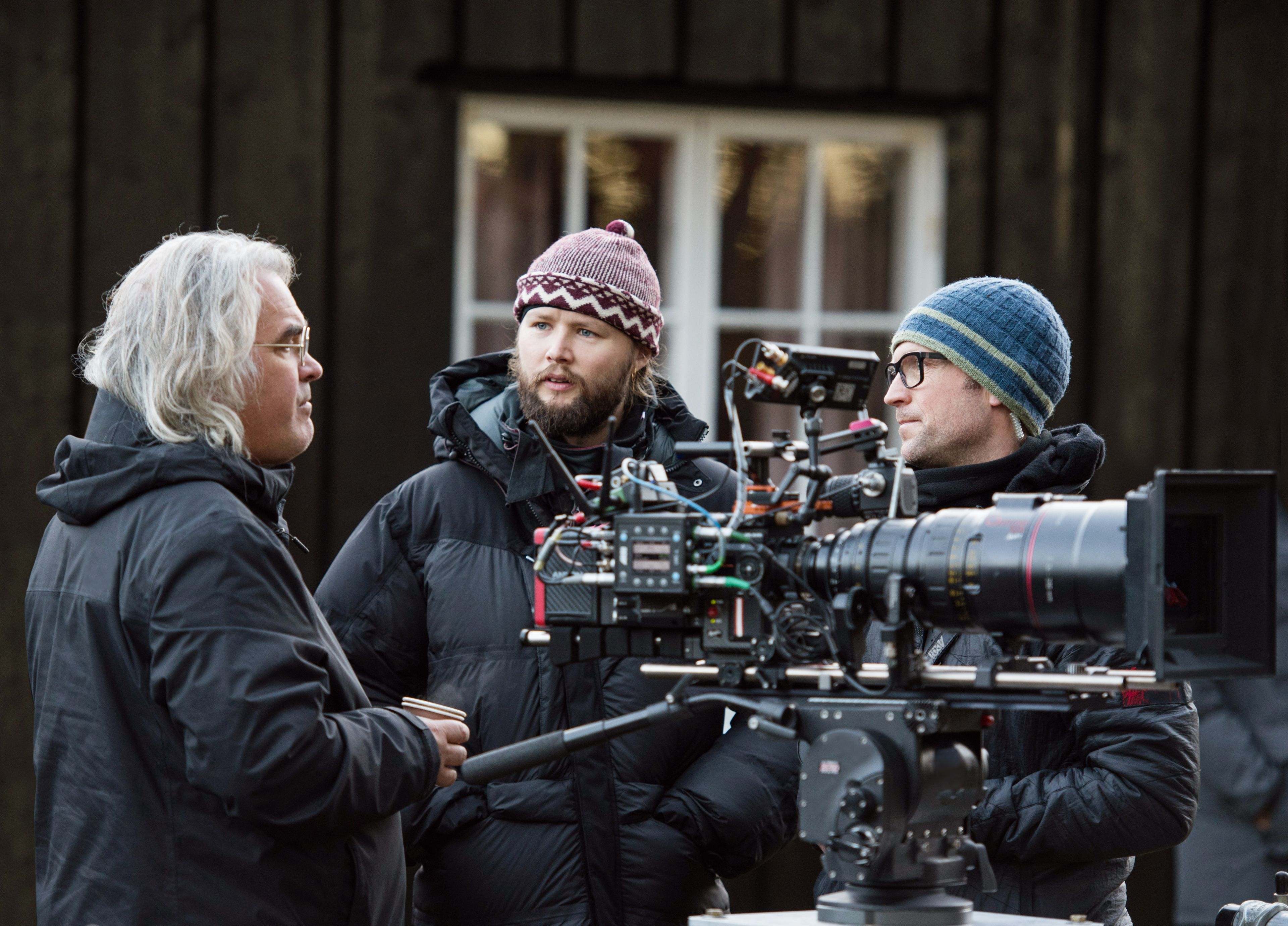
HULLFISH: Is it important to you to choose movies that have an opportunity to influence culture and political discussion?
GOLDENBERG: Yes. It’s actually how I felt about most of the last bunch of projects I’ve done. I’m attracted to those sorts of stories — real events that have something to say. I mean, they’re all really great stories too — Detroit, Zero Dark Thirty, this film, even Imitation Game — I’ve made an effort to steer my career towards those kinds of films. I said to my wife before I before I took this film, I can’t run for office. There’s only a limited amount I can do, and to be able to work on movies that have something to say and maybe change a few people’s minds is really important to me so I’ve looked to take those kinds of films.
HULLFISH: That’s interesting. I hadn’t put the pieces of the puzzle together like that from your recent filmography. I’m glad that you pointed that out. Tell me a little bit about working with a new director. You’ve worked with so many of the great directors of our time and so many of them multiple times. With this being a new director relationship for you, was there anything challenging or daunting about starting from scratch?
GOLDENBERG: It’s always scary no matter how long I do this: working with a new director, especially someone of his stature. Paul is such a nice person and such a welcoming person and such a team player and a great collaborator. The first conversation we had, he spoke to me as if we had worked together for years. He immediately listened to what I had to say and he wasn’t guarded or precious about anything, so that was really great. I went to Norway and met him for the first time the night before the first day of shooting. We had spoken together on the phone several times, but we met face-to-face for the first time in the hotel we were all staying at in Norway and he just couldn’t have been nicer. Greg Goodman — who was the producer — the three of us had dinner and it was just very comfortable right from the get-go.
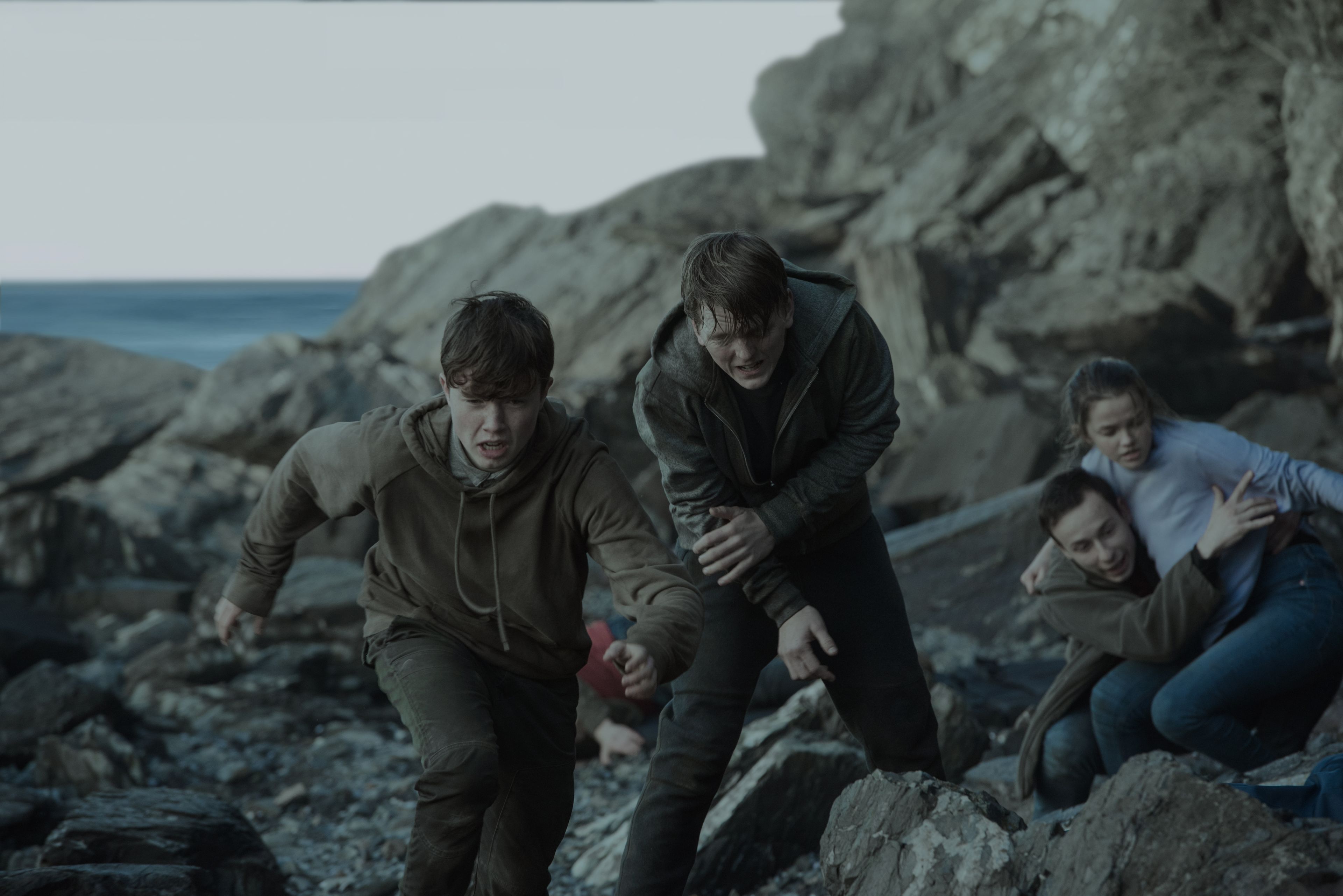 Cutting new stuff for someone for the very first time is always terrifying to me. Paul shoots in a very verité sort of style — very documentary — you feel like you’re in the room. Very rarely do you get scenes with a match and two over-the-shoulder medium shots. With his stuff, every take is different than every other take and his cameramen are always finding great shots, great angles.
Cutting new stuff for someone for the very first time is always terrifying to me. Paul shoots in a very verité sort of style — very documentary — you feel like you’re in the room. Very rarely do you get scenes with a match and two over-the-shoulder medium shots. With his stuff, every take is different than every other take and his cameramen are always finding great shots, great angles.
It’s very similar to how Kathryn Bigelow shoots. Barry Ackroyd didn’t shoot this movie, but both of them use Barry quite often. There is a similarity in their styles and I wondered if that was why he had reached out for me to cut the film. But it turned out it wasn’t. I think Chris Rouse had said nice things about me. That style of shooting is something I’ve gotten used to with Kathryn, so it wasn’t such a cold bucket of water when I walked in there and started cutting, but it was challenging.
When you see it, this film is so knit together in a very concise way. There were so many different ways to go and it didn’t really come together in the edit until everything was shot because it was one of those things where we had to just pick and choose our moments and a lot of stuff got cut down and cut out, so it gave us a lot of opportunities to go a lot of different ways. So when I was first putting things together especially with the first 30 minutes of the film — which is the actual event itself, the actual day of July 22nd — that didn’t really come together until everything was shot. It’s a lot of cutbacks and a lot of different simultaneous storylines happening with the prime minister and the kids on the island or with Anders Breivik and we’re with the parents having that all knit together — even the very last day of shooting had bits that needed to go into that sequence — so I couldn’t really shape it until the very end.
Whenever I showed Paul stuff, I always felt like saying, “You realize this is all going to change.” But you know you can’t do that. So I always felt like it was sort of not finished. It was a little disheartening because I thought: “this isn’t as good as it can be, but I can’t make it as good as it can be until I have all the material.” But I think he sensed that. He is such a positive person and such a great collaborator that I never felt judged by him. I think he knew that I had the ability and was confident that I would bring it all together.
https://www.youtube.com/watch?v=fovQ5486_ek
HULLFISH: So despite knowing that you can’t do anything with some of these scenes that are intercut action, you’re still obviously trying to work out some of this before the end of principal photography.
GOLDENBERG: The rest of the film is more of a traditional film, so those pieces I could cut. There’s a big section of the film that’s at Breivik’s trial. I was able to put that stuff together in a way that looks like scenes and the next big thing that they shot after the island sequence was the courtroom. And that was a couple of weeks of shooting. I put that all together and sent it to him and he was really happy with that. I was really proud of that. So I think that the rest of the film went together like a normal film.
Obviously, stuff is going to get cut down and moved around and shaped and all that, but at least they looked like full scenes. The script for the attack sequence and what ends up in the film is quite different than the script because of shooting constraints and it was a very low budget film. It was a $13M film.
In Norway, in the winter they don’t get a lot of daylight. And they had to constantly adjust their shooting schedule and move things around. It was a real tribute to Greg Goodman to figure out how to get this all shot. It was really challenging because you’re shooting outside with the weather conditions which were really difficult. It just kept getting colder and they were losing six minutes of daylight a day!
We started shooting the beginning of November and the weather was not warm, but it was OK. A month later it was very short days; freezing cold; the event takes place on July 22nd in the middle of the summer, so we had to do a lot of greening of trees in post-production and taking people’s cold breath away and things like that. So it was quite a challenge to shoot it all so we had to constantly be coming up with new and ingenious ideas to get around things that weren’t able to be shot or didn’t have enough time to shoot. Between all of us, I think we came up with some pretty good solutions.
HULLFISH: Why shoot in the middle of winter instead of July 22nd? Because they wanted to get out this message?
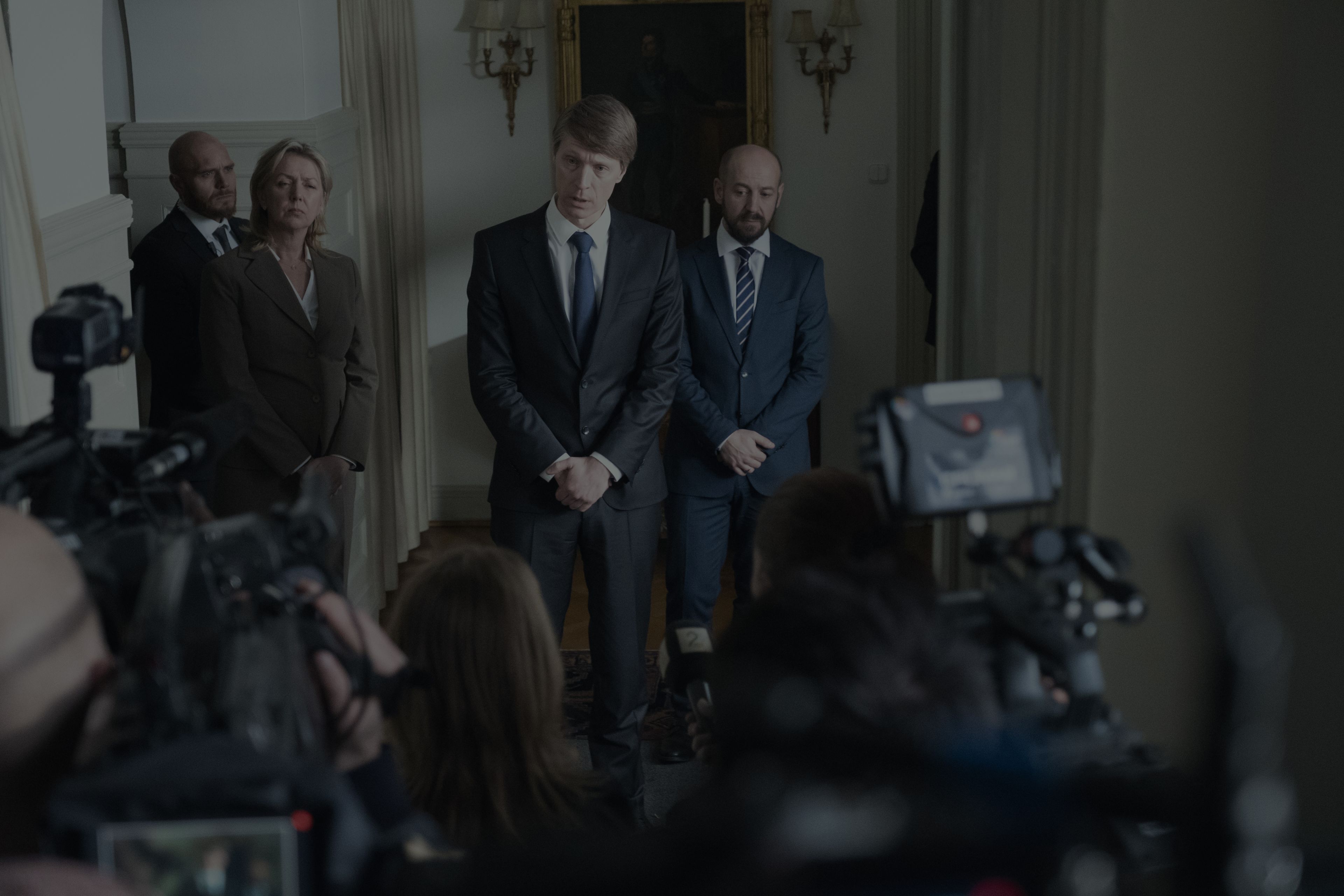
GOLDENBERG: I wasn’t privy to all those conversations, but this came together really fast. Paul had this Eliot Ness film and it was the only way to fit into Paul’s schedule. So I think he finished the script in August and he was shooting at the end of October. Plus there was a lot of prep work because we needed the support of the country and also of the parents of all of those affected. That was really important to Paul that they were on-board with this.. He wouldn’t have made the film unless the victims’ families wanted it. Norway’s prime minister at the time was the one that really encouraged him to make the film. He’s now secretary general of NATO. Paul met with him and a lot of the families and they’ve been really really supportive of the film.
I think that it had to do with everybody’s schedule as to why they did it in the winter. It made it a lot more challenging. Summer in Norway, the days are incredibly long. Instead of Magic Hour, we used to refer to it as Magic Minute. Because the sun never really comes up much higher than the building tops. It doesn’t get straight up in the sky. You get this really interesting light, but when it starts to get dark literally gets dark in a minute. It would get dark at 3:30pm.
HULLFISH: You mentioned that the shooting styles of Paul and Katherine are similar and that each take is different than every other take. Does that change the way that you have to organize and think about bins than when it’s typical coverage?
GOLDENBERG: Yeah, I do. We’ve talked about this before and I think we have the same approach. You watch all the dailies in real time, but then my assistants organize the dailies line by line so I can look at performances back to back to back. I have everything broken up from wide to close one line at a time and go through the whole sequence so that I can compare line readings as opposed to hunting around the dailies and trying to find every reading to compare to each other. Paul’s approach makes that process a little more difficult because every day is different. But I’ve sort of figured out a system with Katherine.
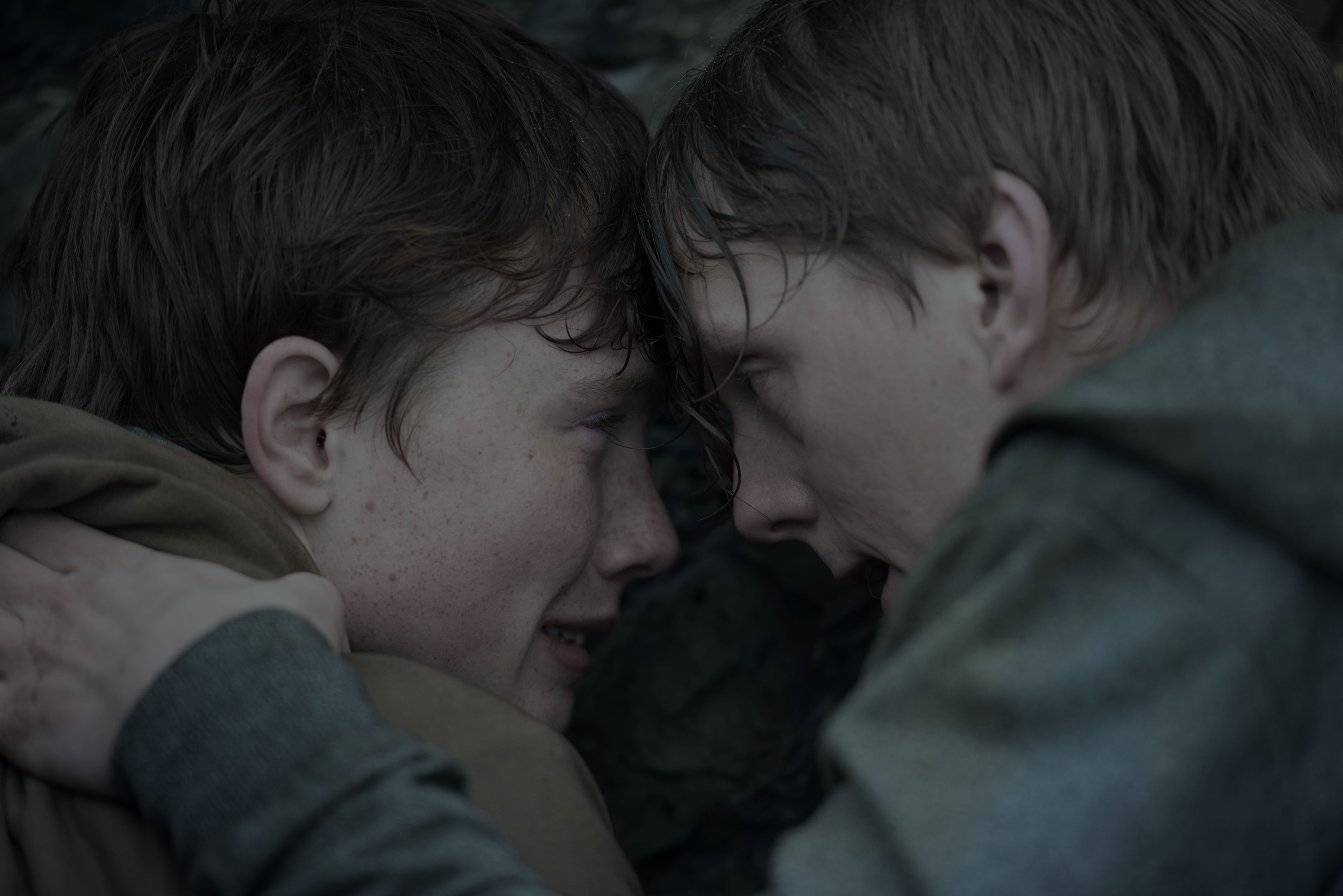 But it does make you pay way more attention when you’re watching dailies and write down a lot more detailed notes to remember certain pieces because there are certain things they never appear twice. You get one moment of magic and think maybe it will be even better in the second take, but the second take is another angle. So you really have to examine the film and look at things in long stretches because the cameramen are always hunting for shots and trying to find these moments that feel like reality. So you really have to look at dailies in a way that’s not the same as watching a film that’s more traditionally shot. It feels almost like you’re cutting a documentary.
But it does make you pay way more attention when you’re watching dailies and write down a lot more detailed notes to remember certain pieces because there are certain things they never appear twice. You get one moment of magic and think maybe it will be even better in the second take, but the second take is another angle. So you really have to examine the film and look at things in long stretches because the cameramen are always hunting for shots and trying to find these moments that feel like reality. So you really have to look at dailies in a way that’s not the same as watching a film that’s more traditionally shot. It feels almost like you’re cutting a documentary.
HULLFISH: You mentioned — at least at the beginning of the film — that there’s a lot of intercutting. I’m always fascinated by how intercut films — whether an A and a B story or simultaneous action — how they end up in the film compared to how they are in the script.
GOLDENBERG: I’ve cut a lot of sequences similar in that there’s a lot of simultaneous action — keeping a lot of balls in the air. The escape sequence in Argo, for instance, has a lot of different stories being told at the same time you’re trying to keep all those stories alive, keep setting the sequence up as a cliffhanger. Keep the audience on the edge of their seat.
It’s really, really different than it was originally scripted. Even the first few minutes of the movie meeting all the kids as they’re taking the ferry from the mainland to this island. They’re setting up camp. They are going to this political camp that they all go to. All the kids in this camp were members of the youth party. That’s why he attacked the camp: because he wanted to kill the leaders of tomorrow. So at the beginning, you’re meeting everybody.
Even though it’s simple, we changed the way the intercuts are and there are things that are really moved around much more so than I have ever done. Certain things had to be lifted from the screenplay because of time and money. We just couldn’t shoot it and Paul’s original intention was to go back – maybe in the spring – and pick up some of the pieces that weren’t shot, but we were able to come up with solutions editorially to make things play beautifully without having to go back to shoot some of that stuff. It took a lot of thinking and a lot of experimenting and a lot of calling on my experience of how to do these kind of things and make them feel like this is the only way this movie could have been scripted.
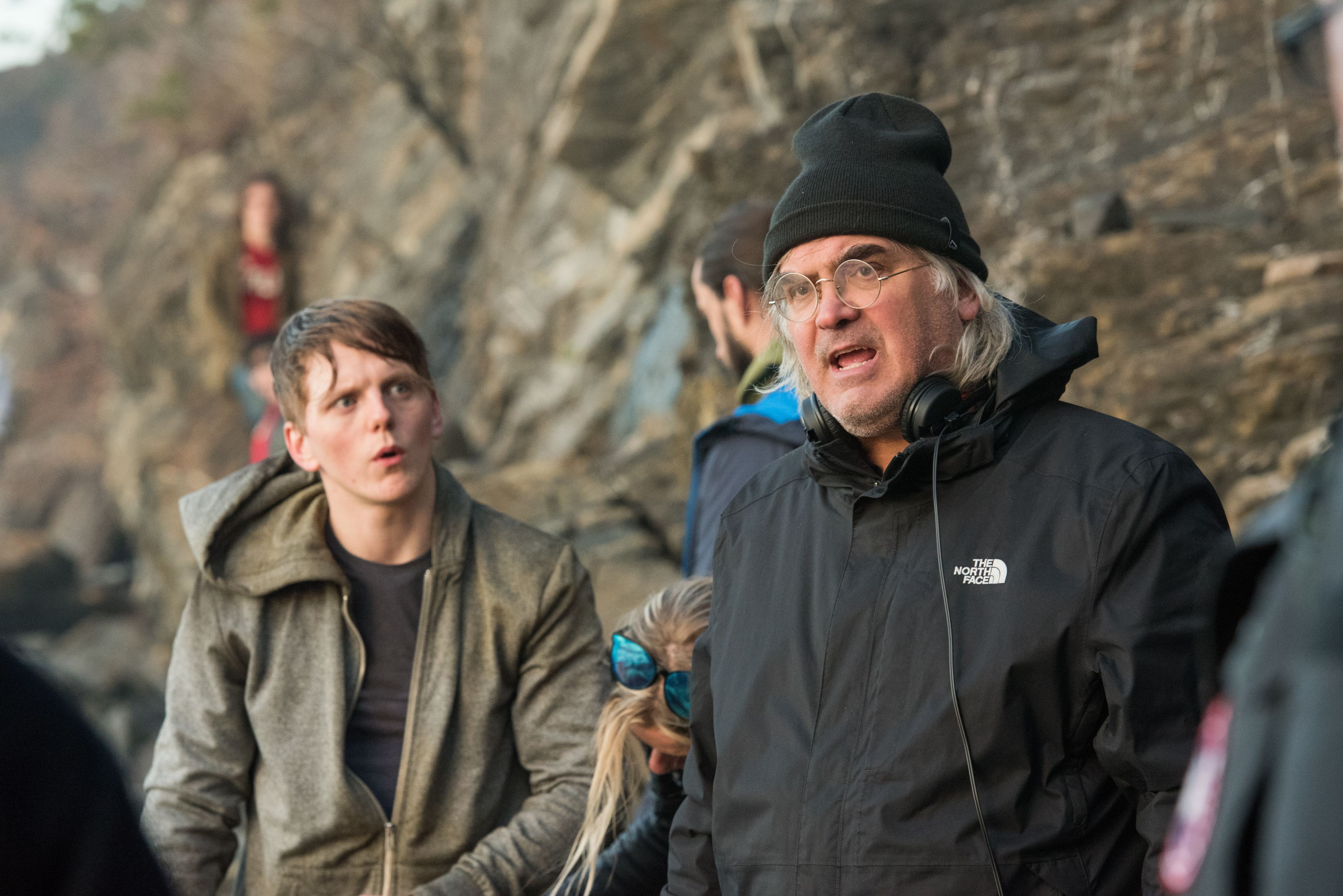 HULLFISH: Can you — off the top of your head, without giving us too many spoilers — think of even one or two examples of what you’re talking about of coming up with creative examples of editing around missing footage?
HULLFISH: Can you — off the top of your head, without giving us too many spoilers — think of even one or two examples of what you’re talking about of coming up with creative examples of editing around missing footage?
GOLDENBERG: Yeah. On the island itself, the story focuses on these two brothers: Viljar Hansen and Torje Hansen. And once Breivik starts attacking these kids. It used to be in two parts: Breivik stalks all these kids and then ends up shooting Viljar several times. His brother gets away and Viljar heroically saves his brother’s life after he’s been shot. The authorities and the prime minister and the parents didn’t enter the story until after Viljar was shot. And then there was a whole section where a lot of the kids on the island ran into the water because they ran out of room.
They all ran to the beach and then he found them and a lot of them ran into the water and there were private boats coming across this channel that the island was on. They saw what was happening and tried to rescue some of these kids. That attempted water escape was really difficult to shoot because of weather issues, and it was basically winter in Norway when they were shooting it, so the water was too cold.
So not only did we realize that we needed to move the rest of the world knowing about this shooting earlier in the sequence, but we had to figure out a way to take out the water scenes in the movie. So we made it where the culmination of the attack was Viljar being shot. And then for the rest of it, it became almost a montage of the Delta Force arriving on the island, and the families arriving. Viljar’s parents arriving at a roadblock and being stopped by the authorities. Calling it a montage sort of undersells it. It’s more like how you would remember a tragic event like that. You would remember it in snapshots and not quite in real time, so we kind of went with that idea to sort of condense the end of the sequence and to make it feel like what you would feel like in that actual situation — so using that state of shock as a device to try to abbreviate time.
Without you seeing the movie it’s hard to explain it, but that’s it. And we realized also that the attack was so intense and to have it go on for an extended time would have been unbearable. So I think we came up with a way to push it right up to the edge in intensity without going over to where the audience just can’t watch it because it is this guy attacking teenagers and it’s obviously difficult to watch. Obviously, we tried to be as tasteful as possible.
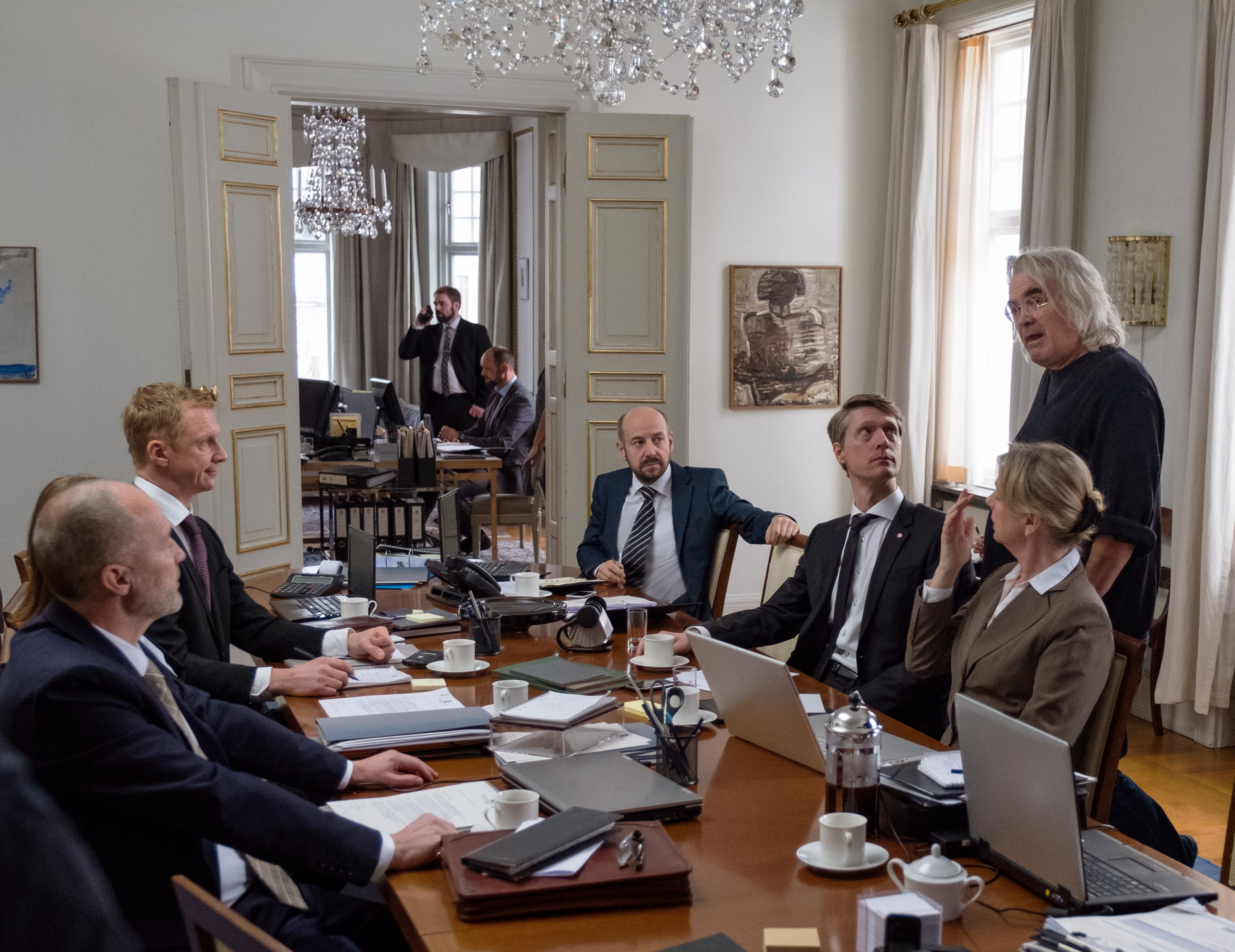 HULLFISH: The director obviously has this vision of seeing the attack through to this watery end. And when it doesn’t happen I’m sure he’s a little disappointed but it’s great that you came up with a solution.
HULLFISH: The director obviously has this vision of seeing the attack through to this watery end. And when it doesn’t happen I’m sure he’s a little disappointed but it’s great that you came up with a solution.
GOLDENBERG: I think we came up with a great solution that works for the movie even better than the original was. What I came to understand with Paul is that because of the way he shoots sort of documentary style, he likes to sort of overshoot things and add dialogue add moments and then it really is about making the movie in the editing room. I’m so used to sticking to the script and being faithful to the script and the script, and I came to realize that Paul shoots long — like he’ll add dialogue that I know he doesn’t want or has lots of moments and he just gives me complete freedom.
He said, “Look, do what you want. Take what you want out. Do what you think is right, and if I miss something I’ll tell you.” I’ll tell you if something you’ve done bothers me or if I’m missing anything. It was really hard for me to break all those years sticking to the script on the first pass, but I came to realize that he was serious about it. He wrote the screenplay too, so it gave me a tremendous amount of freedom. I would just do things on my own and he would react to it. He likes to keep a bit of distance and then react to the film. So it was a unique and really, really exciting way to work. I just loved working with him.
HULLFISH: That’s tough on your ego and you really have to control your sense of how somebody views you with the fact that all they care about and probably all you care about is the story.
GOLDENBERG: Especially at the beginning where you want that approval from the director. Even directors I’ve worked with multiple times I feel it – though a little less as time goes on. But with a new director who I’ve wanted to work my whole career, you can’t help but have a little ego in it. But I’ve learned over the years to control that ego and put it in the back seat of the car and just do what’s best for the movie and take criticism for what it is: what’s best for the movie. I could see after just a few weeks that he trusted me and I could feel that he looked at me as a collaborator and not like an employee. And that’s what he expected. And the more it went on, the easier it got and the more comfortable we got with each other.
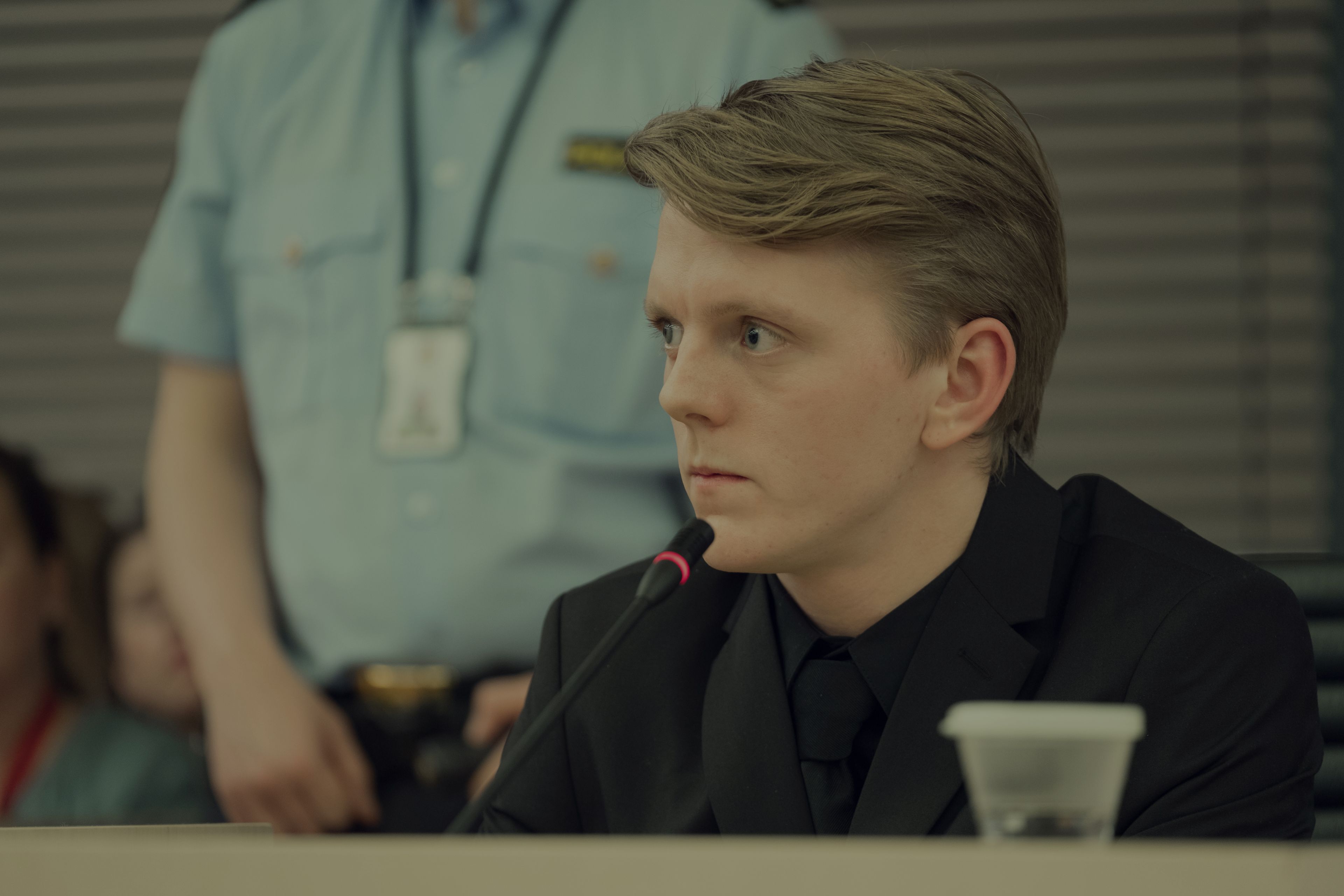
By the end, especially in post, it was a really great collaborative relationship. Going forward, if I get lucky enough to do another film with him, I think it will be quite easy right from the get-go. He never overreacts. He never seems to lose his cool. He made this film for all the right reasons. He really believed in the story and believed in what the message of the movie, and that’s why I did it and we all felt that way. We all felt like we were on a mission to tell the story in the most concise way. We just all felt really strongly about what the movie had to say.
HULLFISH: One of the things that you mentioned early on in the interview was how your early cuts had to evolve as new material was shot. What happened as you started to see the context of what you were doing?
GOLDENBERG: Paul had a pre-vis of the entire attack sequence and some directors like using that previs and some director don’t. Paul really likes it. So I was constantly putting the new footage into the previs — and the previs was laid out exactly as the script was laid out. So I felt like I wanted to be faithful to that, so I kept putting things in place and in my gut, I could tell that it was too long and too repetitive to stay on the island without going away to the police finding out, the parents finding out, and Delta Force finding out. I knew that in my heart, but I didn’t want to do it until I had more material and finally I realized that I had enough at some point that it felt like this sequence was going to feel boring and repetitive unless I intercut it more than was scripted.
All the kids had cell phones. And as soon as the attack happened, kids were running in every direction calling their parents. And the parents then called the police. Some of them were texting their parents, who were government officials. So the world knew about it pretty quick. It was quick even in the screenplay, but when you saw it all cut together and laid out, it was too long. So a few weeks into it I started pulling all the material of the outside world knowing about this event up into the body of the island sequence and immediately it felt like this is the right thing to do. And Paul felt the same way.
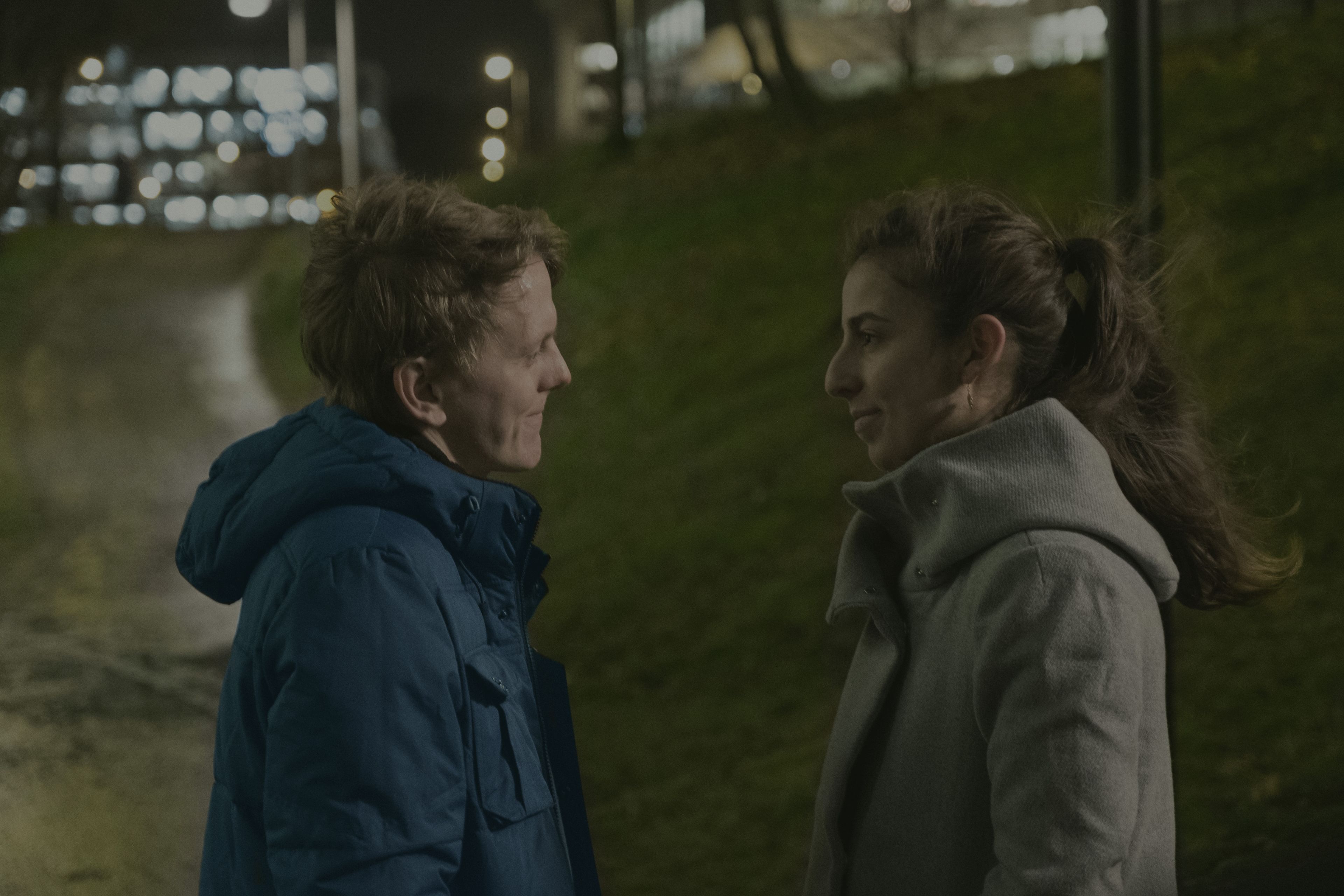
But as we went on we kept doing more and more of that. Then there was an inability to shoot some of the material and we came up with this sort of fragmented partly-real-time, partly-montage section at the end. It was kind of inspired by something I did in Gone Baby Gone when Casey’s character finds this child molester in the upstairs of this horrible house that he’s holding this child captive. He started seeing things in fragments. At some points, we actually cut to black like he was blacking out. Time becomes a little more fragmented. And it’s not strictly from one person’s point of view. We kept developing and changing it and it came out really beautifully — I mean, if you can call it that, with this kind of tragedy.
HULLFISH: I was just talking to some previs editors a couple of weeks ago and they were saying specifically that they cut things long for a reason.
GOLDENBERG: Previs is a strange thing. But also, the previs will do things in 4 angles and then you get the dailies and it’s 16 angles. So it’s this weird sort of combination of not enough coverage, but it’s too long, and they’re not real people, so it doesn’t have anything going on. Previs is always really helpful but sometimes — especially with this — it made me a little too rigid at the beginning, because I was trying to stick the way he had scripted it and then I realized, somewhere in the middle, “Hey I don’t think this is going to work like this” but I still held onto it for maybe a little longer than I would have if it had been my second movie with him.
Eventually, I realized “I just got to do what works.” I had to do what I thought was right, and Paul would be supportive of it or not. I knew that it wasn’t going exactly how I wanted it, but I didn’t want to insult him. I didn’t want to have to say, “None of this works, so I decided to do it this way.” What I didn’t realize was that Paul kind of knows that and wants you to do your thing.
HULLFISH: Is it something that you could have had a discussion: “Hey Paul, would it be OK if I did this intercutting?”
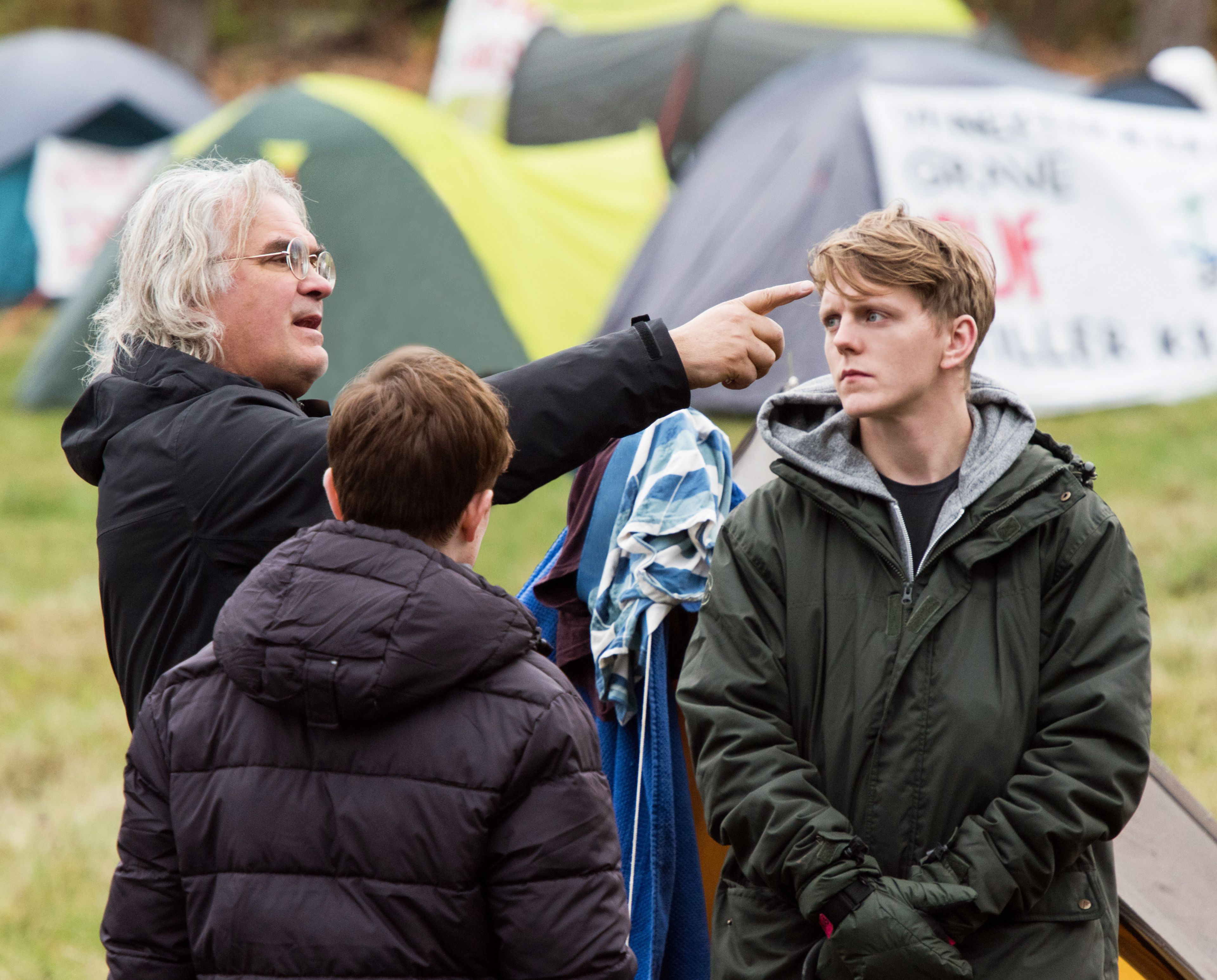 GOLDENBERG: Yeah. I finally just did. It just took a little bit of time to get comfortable. I just had so much respect for him, and I wanted to get that trust going. Also, I wasn’t 100 percent sure that my approach was going to be right. Oftentimes — and I don’t know how you are as an editor — I feel like if something’s not working, it’s got to be my fault. I want to figure it out. I just wanted to make it work the way he wanted it or scripted it. And then I realized: “No. I just have to trust my creative instincts.” And he agreed. By the end of shooting and post, I realized I could just try anything I wanted. I started to take much bigger chances and much bigger leaps of faith. Oftentimes he liked it and sometimes he didn’t. It’s really the best kind of creative relationship you could hope for.
GOLDENBERG: Yeah. I finally just did. It just took a little bit of time to get comfortable. I just had so much respect for him, and I wanted to get that trust going. Also, I wasn’t 100 percent sure that my approach was going to be right. Oftentimes — and I don’t know how you are as an editor — I feel like if something’s not working, it’s got to be my fault. I want to figure it out. I just wanted to make it work the way he wanted it or scripted it. And then I realized: “No. I just have to trust my creative instincts.” And he agreed. By the end of shooting and post, I realized I could just try anything I wanted. I started to take much bigger chances and much bigger leaps of faith. Oftentimes he liked it and sometimes he didn’t. It’s really the best kind of creative relationship you could hope for.
HULLFISH: I can completely relate to the idea that you are looking at the footage and considering whether to go ask the director or just try to power through it and figure it out on your own. It’s not as easy of a decision as just “Well, go ask the director what he wants.”
GOLDENBERG: Yeah. Plus, because of the short days, he was always going back to pick up more stuff. Knowing that, I wanted to wait for the new material to see if that would bring it together. All of the ideas and all the beats were all good. It was just a question of finding the right balance — and what we realized was that we really had to stay strictly to our story of Viljar and his brother and the world that surrounds him. Anything else was not our story and it’s just showing tragedy for the sake of tragedy.
The story on the island became very focused down to Viljar and his brother and his family and we knew that once you’re rooted with those characters and you’re with them, it doesn’t feel like you’re being graphic for the sake of being graphic. We realized that as we went along and went with that and it worked out to be the right way to tell the story.
HULLFISH: Did I understand you were in Norway for seven months? Is that where you edited post-principal photography?
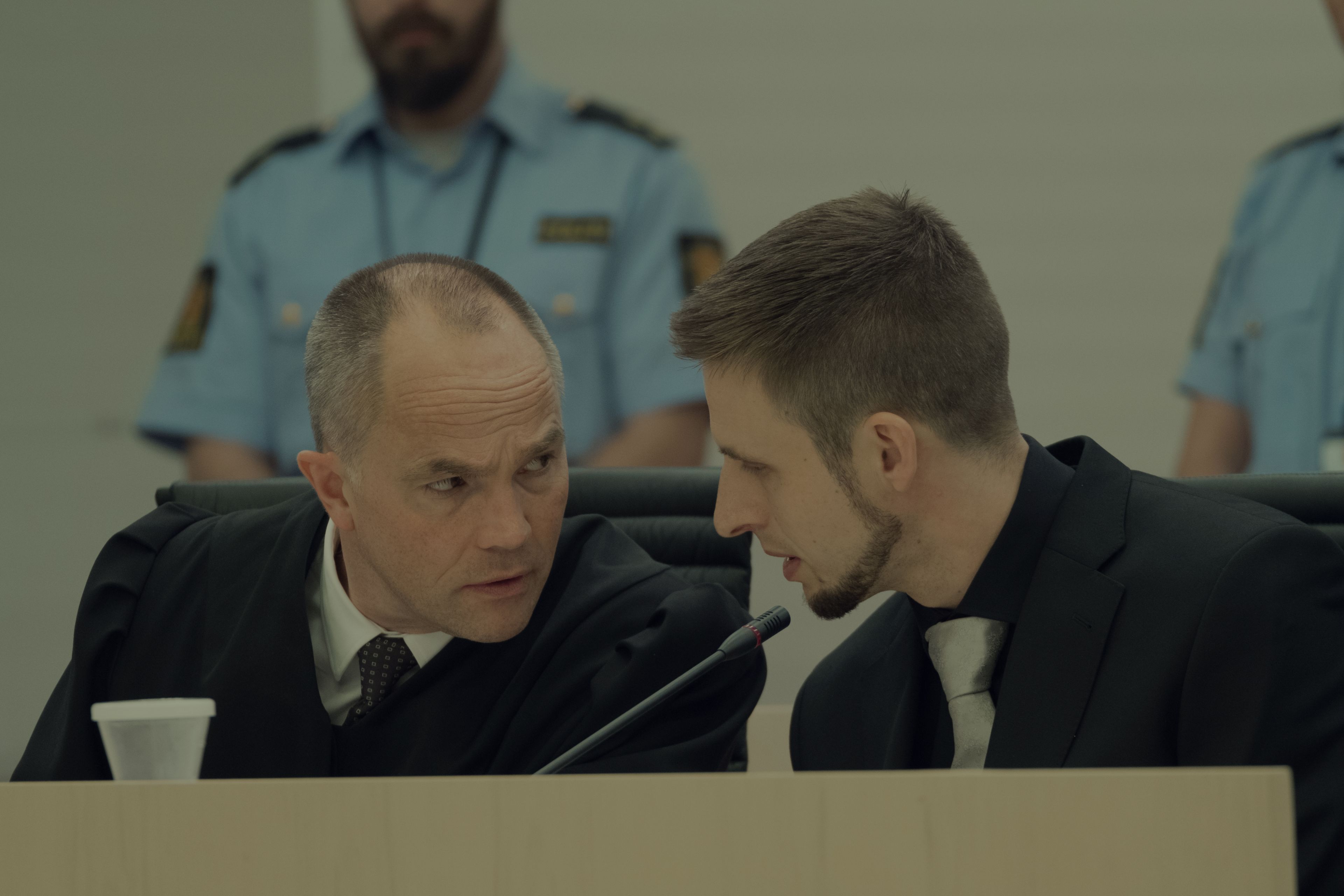 GOLDENBERG: No. I was away for seven months, but I was only in Norway for seven weeks. Then we went to London for the post-production work because Paul lives outside of London. They shot seven weeks in and around Oslo and then they shot four weeks in Reykjavik, Iceland and some surrounding areas. It’s absolutely gorgeous. The footage is in the mountains where the family lives. We finished in Norway around December 15th, 2017. I came home. We took a three-week hiatus for Christmas. Then I went back to London to cut while they shot in Iceland.
GOLDENBERG: No. I was away for seven months, but I was only in Norway for seven weeks. Then we went to London for the post-production work because Paul lives outside of London. They shot seven weeks in and around Oslo and then they shot four weeks in Reykjavik, Iceland and some surrounding areas. It’s absolutely gorgeous. The footage is in the mountains where the family lives. We finished in Norway around December 15th, 2017. I came home. We took a three-week hiatus for Christmas. Then I went back to London to cut while they shot in Iceland.
HULLFISH: All cutting in Avid with a NEXIS or Unity I assume?
GOLDENBERG: Yeah with an ISIS. I had my assistant, Peter Dudgeon, and my second assistant, Jun Kim, with me from the US. They were nice enough to let me bring my assistants to Oslo and also bring them to London. And we had a British assistant named Ponnie Scott and a P.A. Eventually we got a visual effects editor. Originally it was just me and two assistants. But then VFX — as they always do — turned from 100 shots to 600 shots.
Most of that was from the weather changing and we needed to green the trees and get rid of people’s cold breath. All of the muzzle flashes had to be added in. They shot in the government district in the city center in Oslo. The building that was actually blown up is where they shot. That real building is still there, but it’s boarded up and covered and there’s a lot of tarps and boards and that had to be replaced digitally.
HULLFISH: They still haven’t fixed it in all these years?
GOLDENBERG: I think partly it’s still sort of a reminder. They’re working to do something. He used a fertilizer bomb that he loaded up into a panel van. He was trying to kill anybody he could in the government, but especially the Prime Minister, but the Prime Minister wasn’t there. But it was also very much as a distraction to get all the emergency vehicles and police distracted to the city center while he went to this island.
HULLFISH: Wow. How was your mental state during this? I have not cut a lot of films that are really dark, but does that play into your work when you’re just working on something that’s really difficult emotionally?
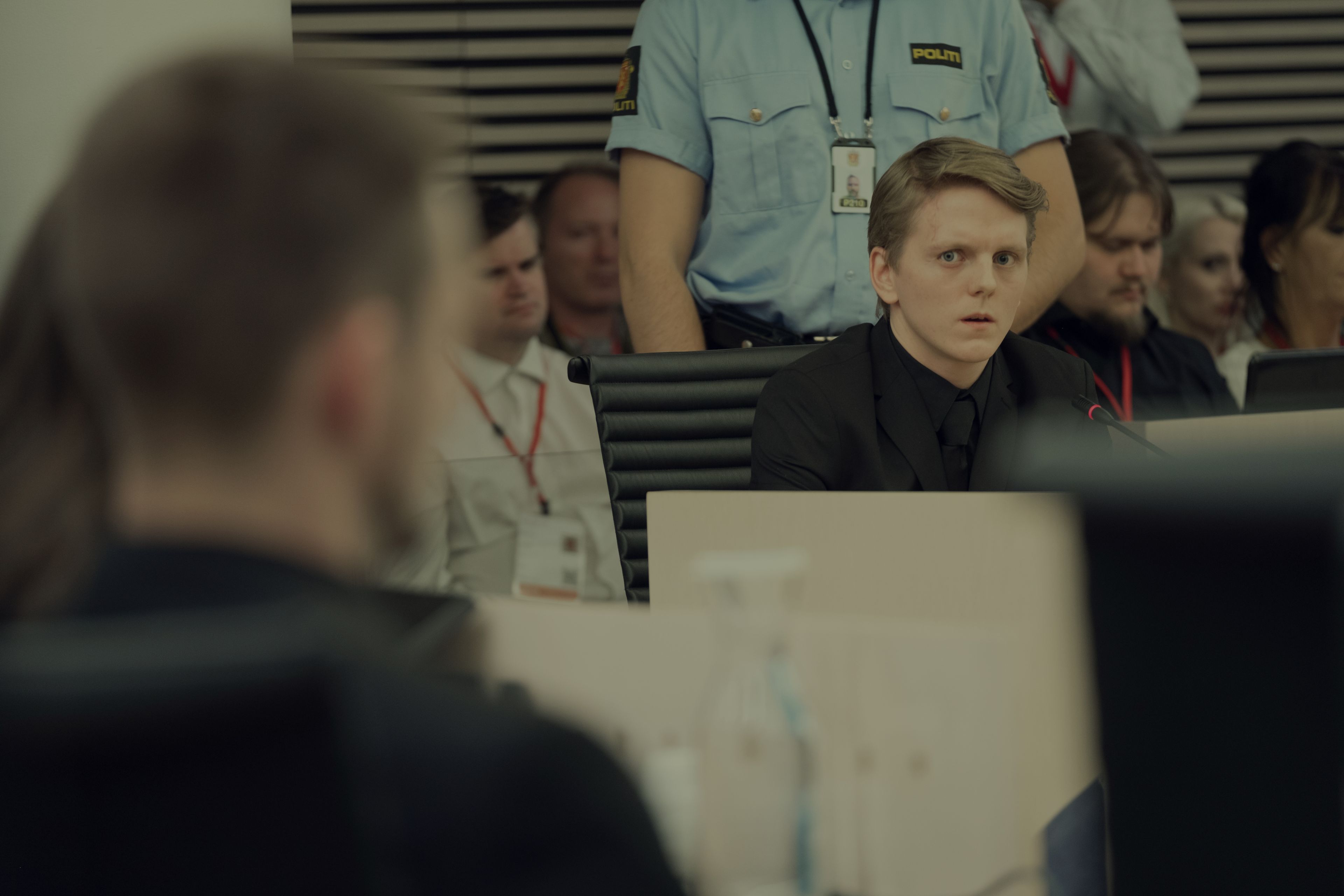 GOLDENBERG: Yeah. It’s very taxing. This movie and Detroit especially because they feel so real that you are almost experiencing it like you’re watching what’s going on and I have a teenage son and even in Detroit there were teenagers and in this movie, there are teenagers, so that really affects me too. And just on a level of being a human and seeing all this tragedy, it does take a toll on you. And being in Oslo, away from my family was quite lonely. And the days were long and hard and we worked six days a week, 12 — 14 hours a day. So it takes a toll on you.
GOLDENBERG: Yeah. It’s very taxing. This movie and Detroit especially because they feel so real that you are almost experiencing it like you’re watching what’s going on and I have a teenage son and even in Detroit there were teenagers and in this movie, there are teenagers, so that really affects me too. And just on a level of being a human and seeing all this tragedy, it does take a toll on you. And being in Oslo, away from my family was quite lonely. And the days were long and hard and we worked six days a week, 12 — 14 hours a day. So it takes a toll on you.
The first three weeks I was there I had horrible insomnia — probably caused by what we’re just talking about. So it really did play on my mind in a big way, certainly in the first month and then when you start screening the movie, it’s incredibly emotional so you find yourself becoming really emotional during the screenings. And then people who see the movie for the first time are really emotional and it gets your head right back there again. The short answer is yes. It does affect me.
HULLFISH: I just finished a director’s cut where I just knew I needed to start over again. Do you find that there are certain scenes where you just have to start fresh with a clean slate?
GOLDENBERG: Not with a clean timeline. But the last half of the attack sequence, it really was like: how do I re-think this? It was all cut as scripted — though there were still a bunch of pieces missing.
When they went to Iceland, I had three days before I got any footage — because of the delay between Iceland and London. So for three straight days, I worked that sequence and reinvented it. And then it even changed from there. But that was a major turning point. I didn’t really start with a clean timeline but it might as well have been. It took a lot of figuring and working through three straight 12 hour days and that broke the back of it, but then it continued to evolve.
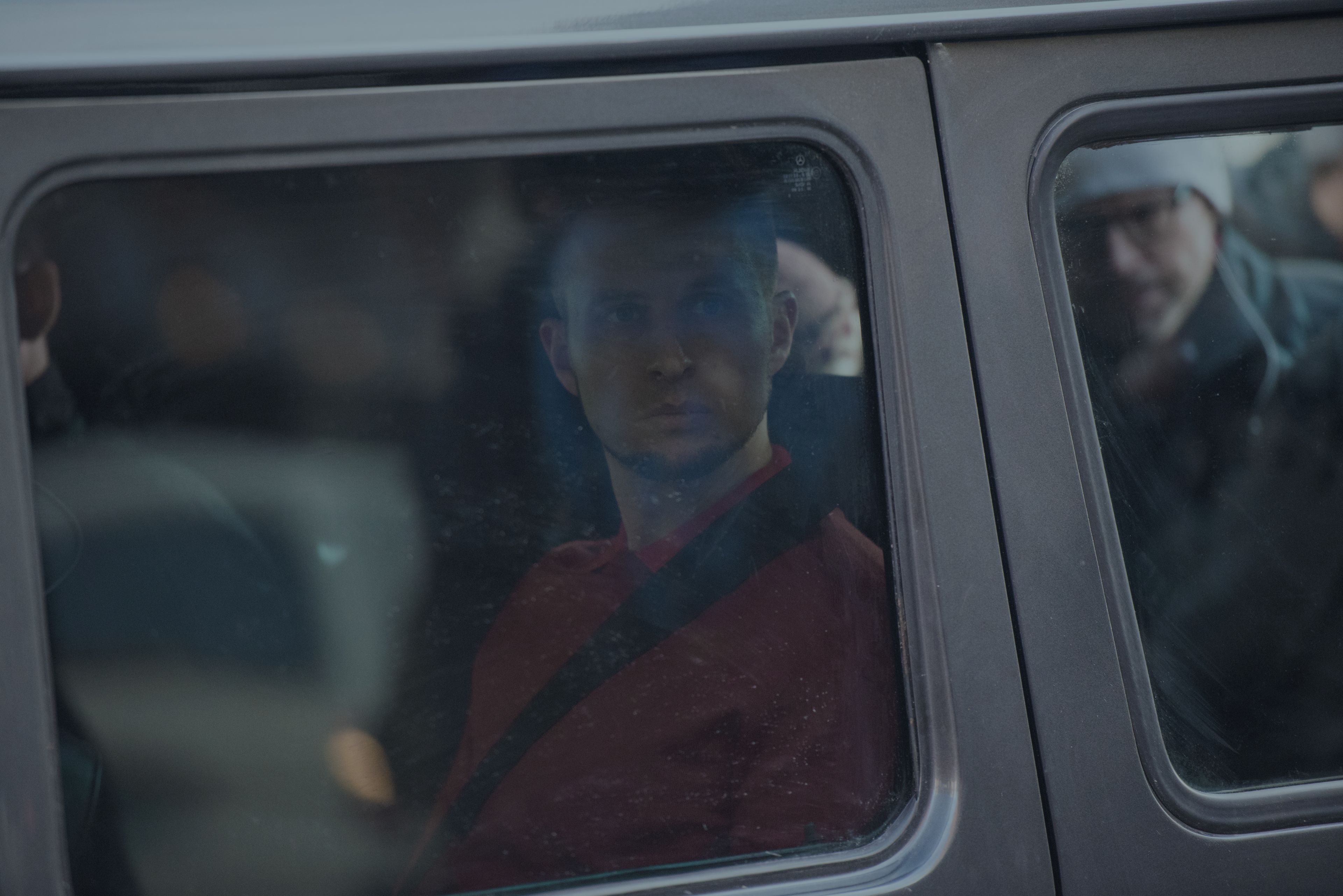
Another section where I didn’t quite go back to a clean timeline was a sequence where Breivik is being taken to court: being brought in handcuffs. He finally comes in and there are a lot of courtroom introductions and stating what the charges were. We actually shot in the real courtroom. It was built for this trial In Oslo. They built this 10 million dollar courtroom because it was such a huge national thing.
And I realized when I was putting it together that it was just so long. I could even tell before I had it all cut. There was just too much shoe-leather: driving up and getting out of this van and all the logistical stuff, then all the courtroom stuff just to get the charges out. So I realized: this is just never going to work like this, and I turned it into more of an intercut sequence where I was able to play with time and intercut the beginning of the testimony and introduction of the charges and then intercut that with him arriving. Eventually the intercutting landed in “real-time” at a certain point. That worked quite well, but that was something that I realized before I started cutting it. So it wasn’t really a clean timeline, but it was a re-write.
HULLFISH: That gives me one last question which is what are some of the things that when you’re doing those intercutting — if you can think of an example — what’s leading you to say, “Now is the time…” or “This is the place to jump between stories?” I’m certain it’s not just keeping things alive. It’s juxtaposing things. It’s having something from one story mean something in the other story.
GOLDENBERG: Yeah, it’s juxtaposing images which creates some sort of emotional response. There’s a scene that’s different from the script where Breviek is being taken from his jail cell and Viljar is coming from his hotel and finding cut points that put those two characters on a collision course with each other and finding those moments where you feel similarities and differences in what’s going on with both of them. So you find those juxtapositions.
In other situations, I’m always trying to tell a story. “How do I move the story from A to B to C by juxtaposition?” I’m not just choosing it by feeling, “It’s time to find out what’s happening with this guy…” it’s more like: “how do I make this into a story that draws the audience through it?” I’m constantly looking for the story beats that get you from A to B to C and having it land in real-time as opposed to, “Oh, this is a cool montage.” That’s what I’m looking for: an emotional impact or a story impact.
HULLFISH: Billy, thank you so much for your time today.
GOLDENBERG: Great talking with you again!
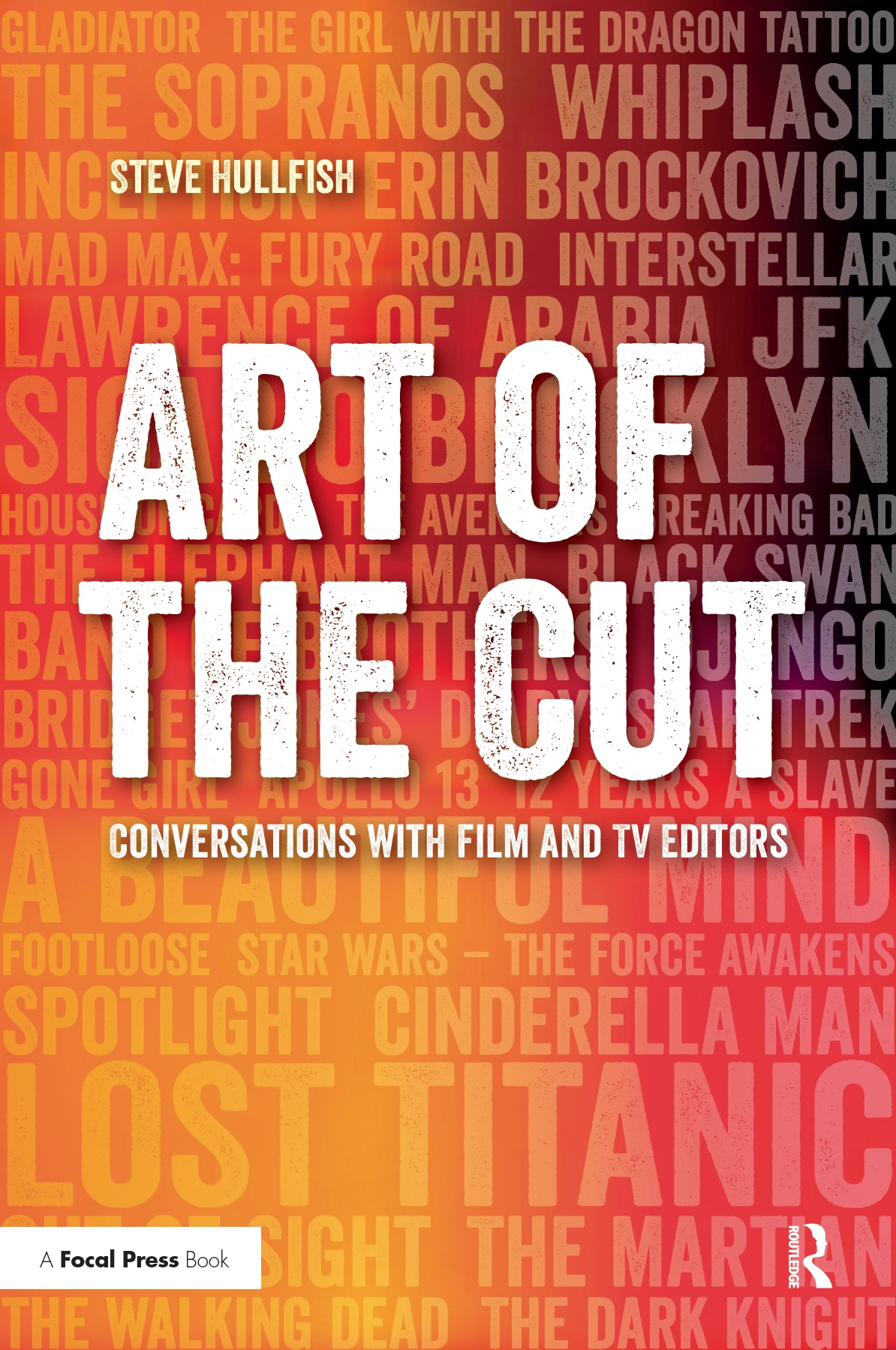 To read more interviews in the Art of the Cut series, check out THIS LINK and follow me on Twitter @stevehullfish
To read more interviews in the Art of the Cut series, check out THIS LINK and follow me on Twitter @stevehullfish
The first 50 interviews in the series provided the material for the book, “Art of the Cut: Conversations with Film and TV Editors.” This is a unique book that breaks down interviews with many of the world’s best editors and organizes it into a virtual roundtable discussion centering on the topics editors care about. It is a powerful tool for experienced and aspiring editors alike. Cinemontage and CinemaEditor magazine both gave it rave reviews. No other book provides the breadth of opinion and experience. Combined, the editors featured in the book have edited for over 1,000 years on many of the most iconic, critically acclaimed and biggest box office hits in the history of cinema.

Filmtools
Filmmakers go-to destination for pre-production, production & post production equipment!
Shop Now